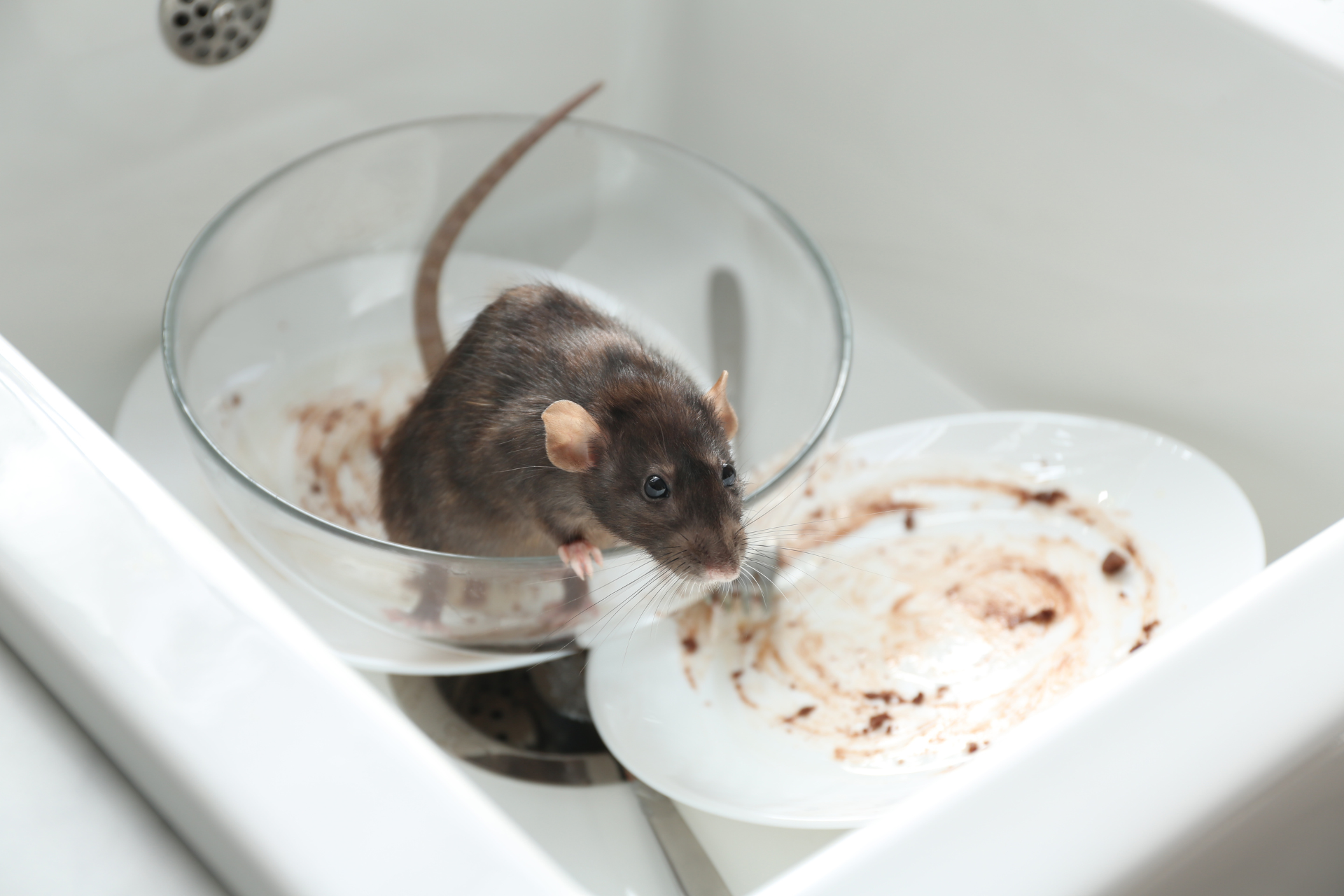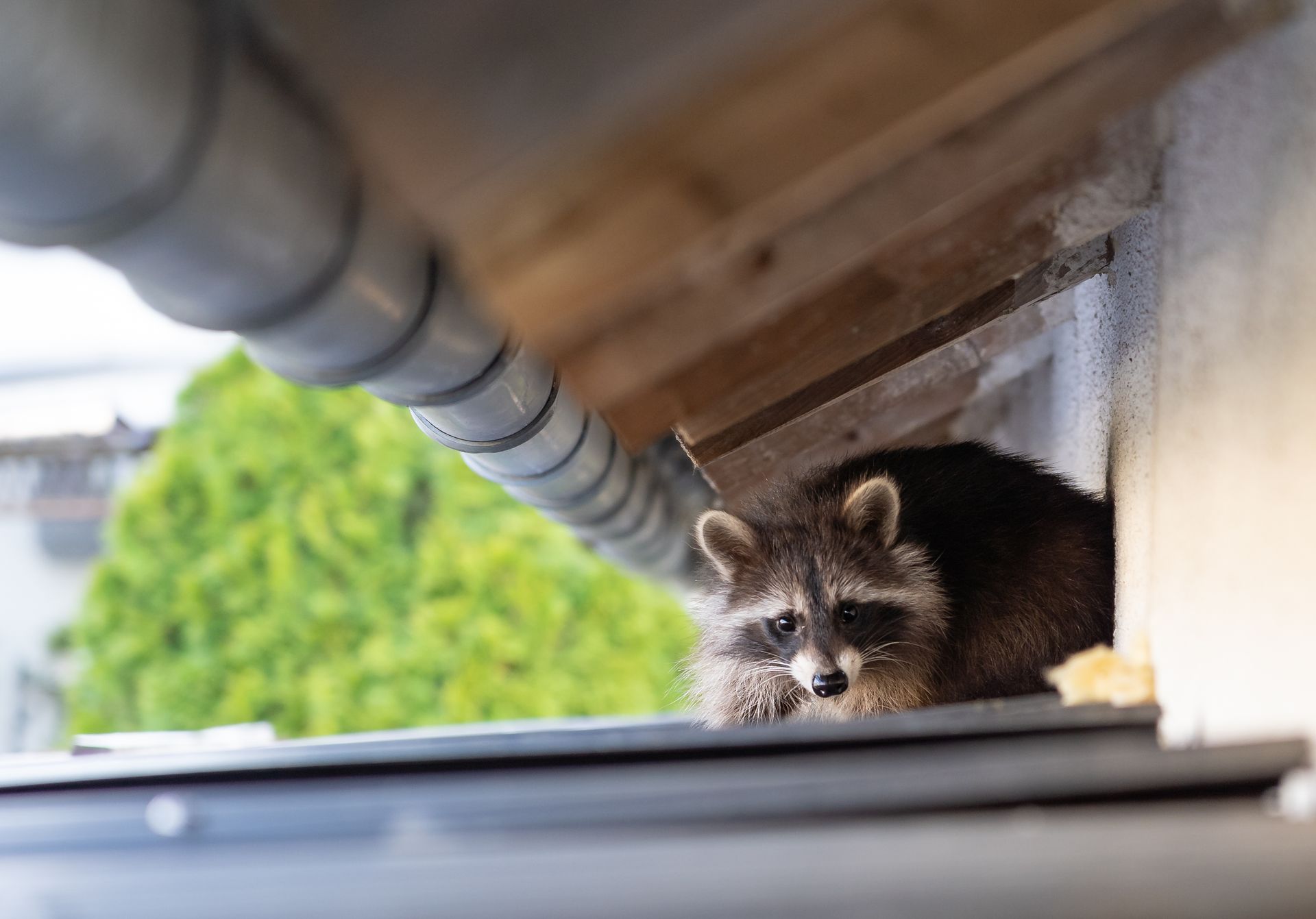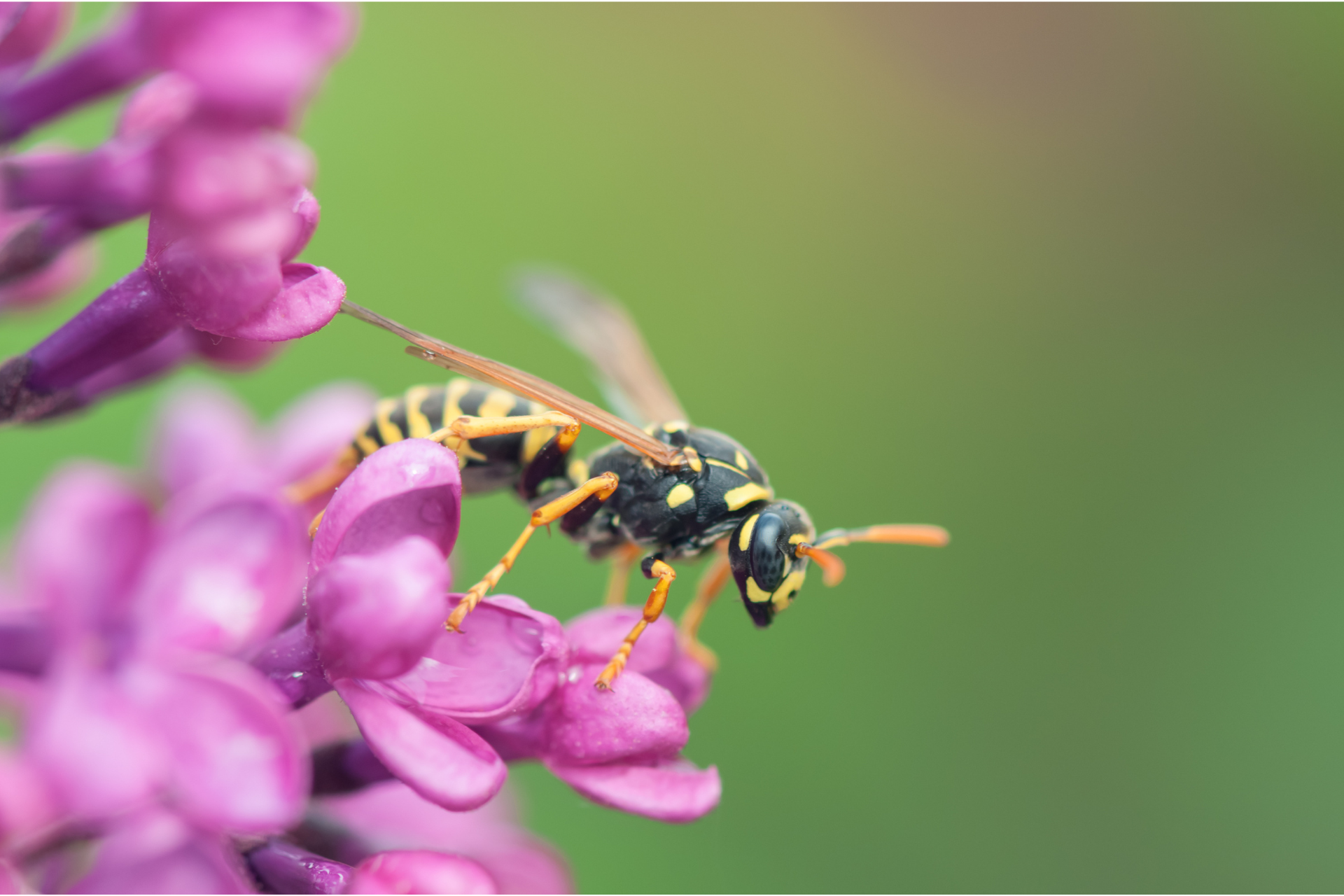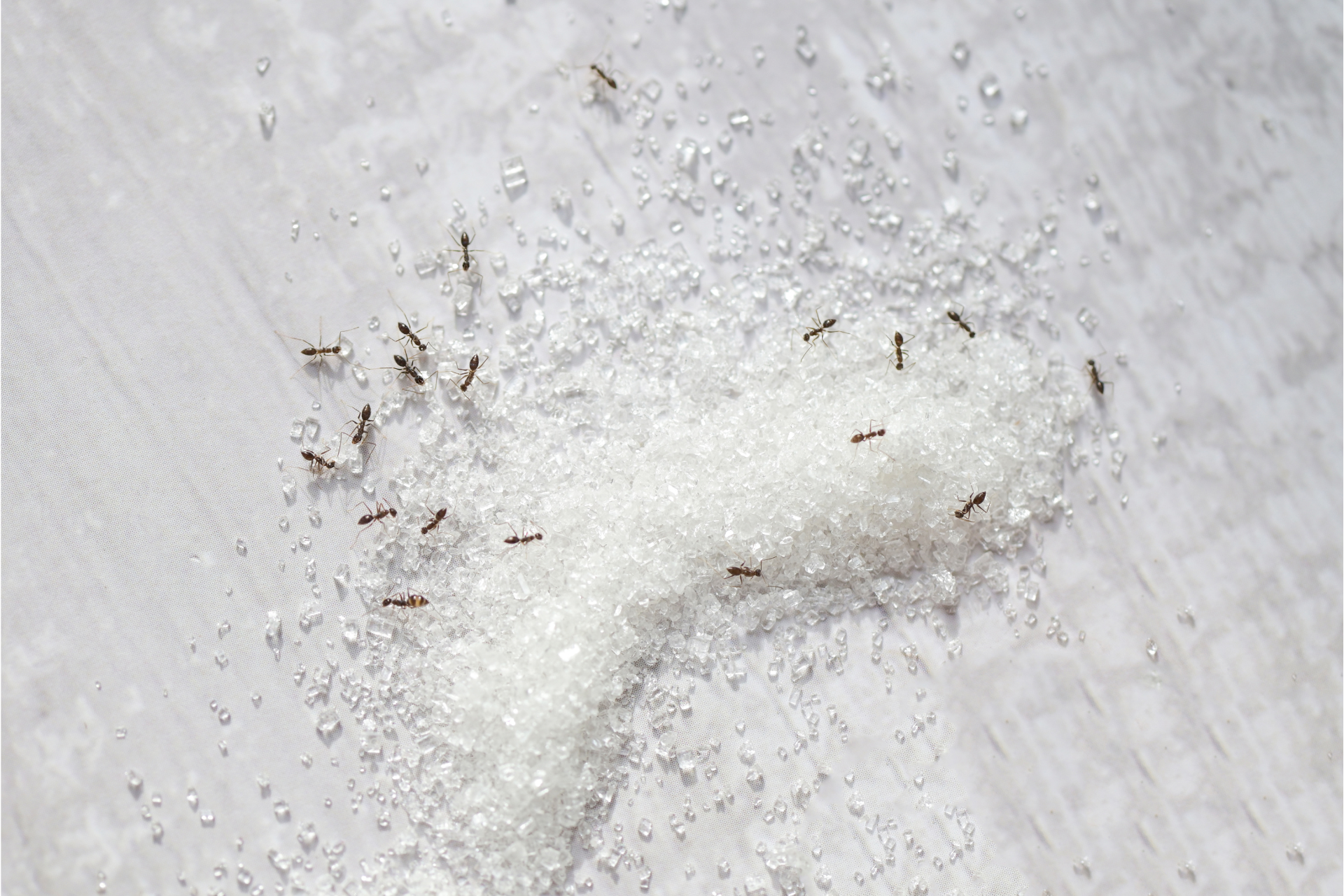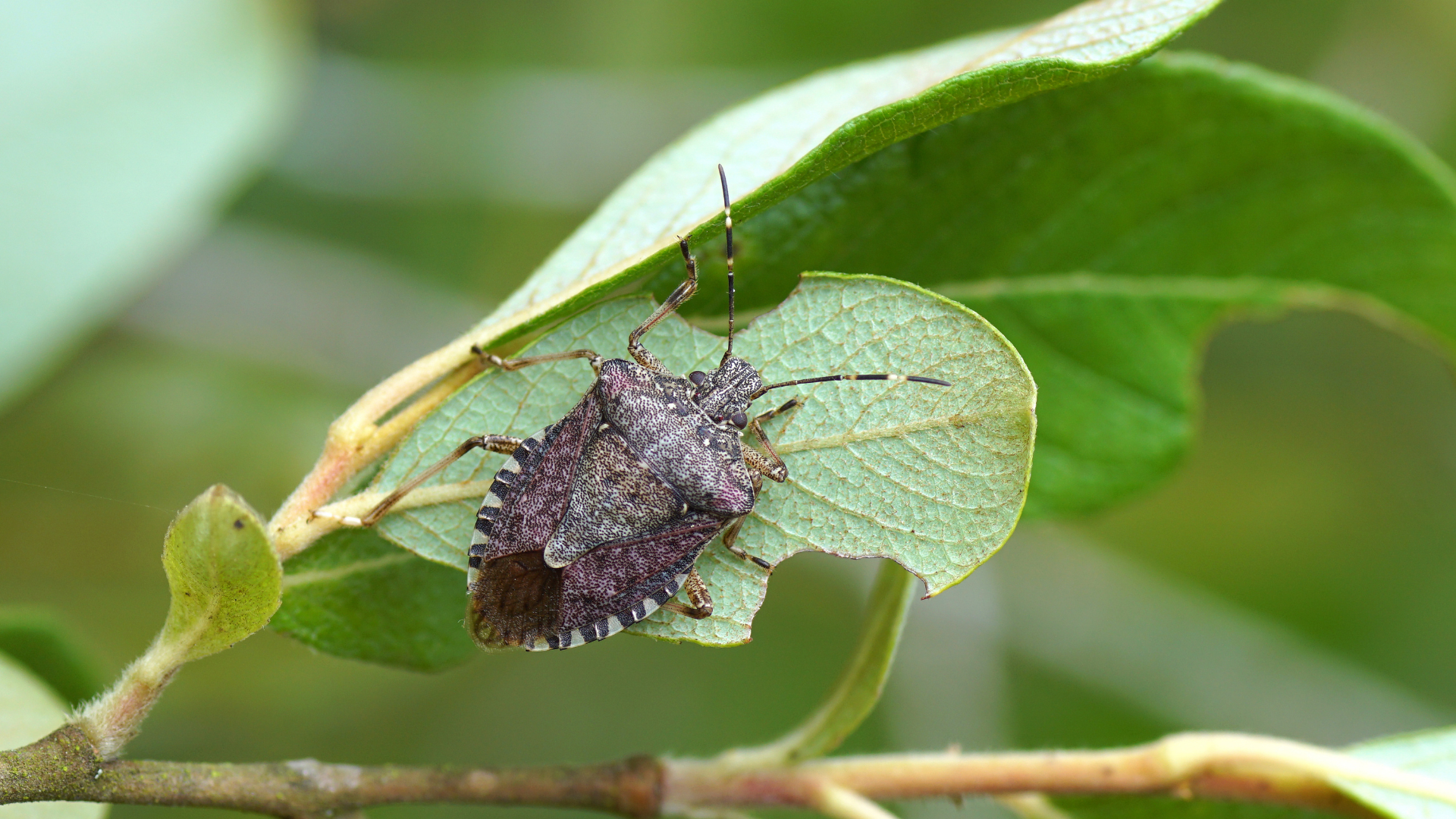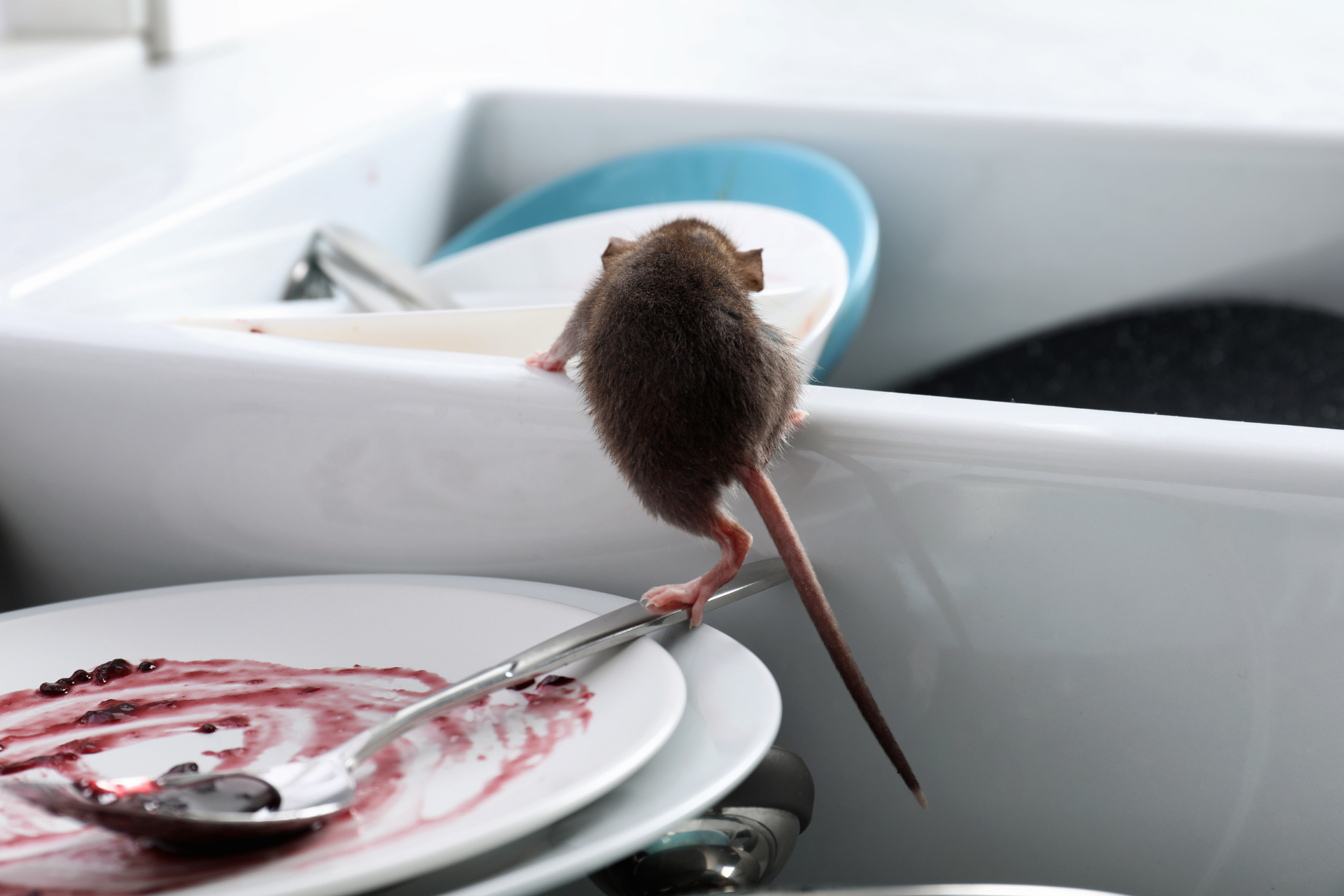Early Warning Signs You Might Have A Termite Problem
How To Tell If Termites Are Damaging Your Home
Termites have a quiet way of working—they don’t barge into a property making noise or leaving a mess on day one. Instead, they sneak in, set up shop, and begin chewing through the structure bit by bit. By the time many people realize they have a problem, the damage has already been done. That’s why picking up on the subtle, early signs of a termite infestation can make all the difference in the world. It’s not about panic—it’s about awareness. Termites don’t typically advertise their presence, but they do leave behind a few breadcrumbs, if you know what to look for.
Subtle Signs Inside That Shouldn’t Be Ignored
Inside a building, termites rarely make a dramatic entrance. What they’re great at is hiding behind walls, underneath flooring, and inside woodwork where they can tunnel and feast in peace. One of the earliest signs people tend to notice—though often brush off—is paint that appears to bubble or peel like water damage. It might look like a leaky pipe or a bit of humidity, but there’s a chance it’s something a lot more destructive going on behind the scenes. Termites can cause moisture to build up as they tunnel, and that excess moisture pushes on the paint or wallpaper.
Then there’s the tapping. Some people notice it, others don’t. But when termites are disturbed, soldier termites bang their heads against the wood to warn the colony. It sounds strange, but it’s their way of sounding the alarm. That tapping or clicking coming from behind a wall or inside a baseboard isn’t just the house settling—it could be termites letting each other know that something's up.
Another quiet giveaway is damaged wood that looks fine on the outside but feels hollow when you tap it. You might not see any major signs at first glance, but if something seems off about a door frame, a window sill, or a piece of flooring, it’s worth paying closer attention. Termites chew from the inside out, so by the time a wooden surface caves in or crumbles under pressure, the infestation has likely been at work for a while.
Clues Around The Exterior That Often Get Overlooked
It’s not just what happens inside that matters—termites often start on the outside and work their way in. The perimeter of a home or commercial property can reveal some early warnings, if you take the time to look. One of the most common signs is the presence of mud tubes. These pencil-thin tunnels are made by subterranean termites to travel from the ground to a food source without exposing themselves to the open air. You’ll often find them along the foundation, walls, or even coming up from the ground onto a deck or porch. They’re easy to miss, especially when they blend in with soil or mulch, but once spotted, they shouldn’t be ignored.
Sometimes, you might come across discarded wings near windows, doors, or exterior lights. When termite swarmers—winged termites that leave their colony to start a new one—shed their wings, they leave them in piles. A swarm can happen without much notice, and the only clue left behind might be those delicate, translucent wings that look like they belong to a flying ant. But unlike ants, these invaders are silently mapping out the next place they plan to colonize.
Also keep an eye out for wood around the property that seems to warp or splinter without reason. Fences, shed walls, wooden steps, and exposed beams can all fall victim to termites before the damage spreads to the main structure. Changes in the way exterior doors or windows close can also signal that something's shifting behind the scenes, potentially due to termite-related structural changes.
How Weather Plays Into Early Detection
Interestingly, the time of year can impact how visible termites become. Swarmers are typically more active during the spring and early summer months, especially following a rainy day when the ground is soft and easy to tunnel through. But termites aren’t just a seasonal issue—they keep working year-round. Warmer temperatures might bring more visible clues, but winter doesn’t stop them from eating away at a building’s bones.
What changes with the seasons is how likely you are to spot them. During spring and summer, the combination of warmth and moisture can cause infestations to expand. That might bring more signs to the surface—mud tubes growing, more damage near water sources, and even the occasional swarm. Winter often lulls property owners into a false sense of security, assuming that cooler weather means the pests are gone. But behind those walls, where it stays nice and insulated, termites keep on going.
Humidity also plays a big role. Homes or businesses with poor ventilation, plumbing leaks, or damp crawl spaces can essentially roll out the red carpet for termites. They love moisture. And where there's moisture, there’s often an opening—literally and figuratively—for them to slip in unnoticed.
When Pests And Structure Collide
The longer termites are left unchecked, the more they begin to alter the very makeup of a property. What starts as a few tunnels behind the wall can spiral into sagging ceilings, spongy flooring, or doors that just won’t close right anymore. A pest problem turns into a structural one, and the repairs can be extensive. That’s what makes early warning signs so crucial—spotting them isn’t just about catching a few insects. It’s about protecting the place you live, work, or do business before real damage sets in.
In commercial buildings, termite problems can be especially tricky. Offices, warehouses, and storefronts tend to have more square footage, more varied materials, and more hidden corners. Termites don’t distinguish between a beam in a cozy living room and a support post in a loading dock—they’re just after the cellulose. That’s why business owners should pay attention to the same warning signs, even if they seem small. A tiny mud tube near a rear entrance, a mysterious patch of bubbling paint near a break room sink—these aren’t just cosmetic quirks. They could be the start of something much bigger.
The danger isn’t just in the chewing, either. Termites can open up entry points for moisture, mold, and even other pests. The longer they’re in place, the more complicated the fix becomes. They don’t tend to announce their presence until they’ve been around for a while, but they do leave signs. It just takes a trained eye—and a bit of curiosity—to catch them early.
Recognizing the early signs of a termite issue can be the difference between a quick solution and a costly repair job. Whether it’s a few discarded wings, a strange tapping noise, or warped wood around the property, these subtle clues are worth noticing. At Star City Pest Control, we understand how quickly a small problem can grow, and we’re here to step in before that happens. If something feels off—or you’ve spotted anything mentioned here—it might be time to bring in someone who can take a closer look.
Contact Star City Pest Control to schedule an inspection or get answers to any questions. We’ve seen firsthand what termites can do when left unchecked, and we’re committed to helping you stay ahead of the problem—before the damage is already done.

